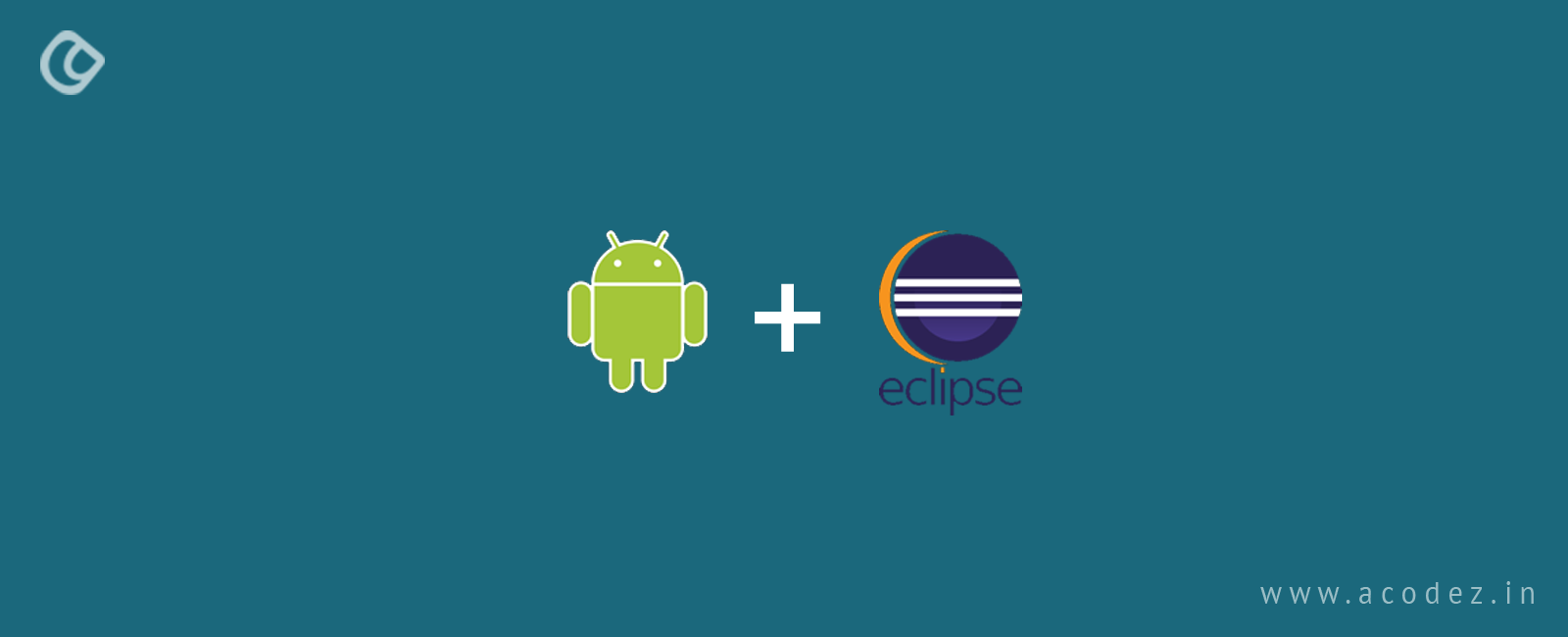

- #SETUP ECLIPSE FOR ANDROID APP DEVELOPMENT FOR MAC HOW TO#
- #SETUP ECLIPSE FOR ANDROID APP DEVELOPMENT FOR MAC MAC#
- #SETUP ECLIPSE FOR ANDROID APP DEVELOPMENT FOR MAC WINDOWS#
So this is to you my fellow prospective Appium enthusiast! I have consolidated all the information which I gathered from multiple resources.
#SETUP ECLIPSE FOR ANDROID APP DEVELOPMENT FOR MAC WINDOWS#
Okay, so to begin with, why this blog? While I was setting up Appium environment steps to set up your Appium environment for windows on my machine, I faced this problem of getting small chunks of quality information scattered all over Google. Also, Appium supports a wide range of languages including Java, Objective-C, PHP, Python, Ruby to name a few. Apart from this, it is also used for testing mobile web applications, providing support for a number of browser types (Chrome, Firefox, IE, etc.) One of the major advantages of Appium is “Code-reusability” as it provides support for cross-platform testing. Then click the red square icon.ġ9.Appium is a mobile automation tool which is used for testing both Android as well as iOS mobile platforms.

To stop the example, click inside the Console window where the tag's EPC are being displayed and hit Enter key. Tag's EPC are displayed in Consolewindow.ġ8.
#SETUP ECLIPSE FOR ANDROID APP DEVELOPMENT FOR MAC MAC#
Note: VM arguments: -Dhostname=speedwayr-xx-xx-xx (xx-xx-xx is the last 3 octets of the reader’s MAC address)ġ7. In VM arguments field, enter -Dhostname=speedwayr-xx-xx-xx as shown below: Double click on Java Application and click on Argumentstab.ġ6. Expand src->, double click on HelloOctaneSdk.java.ġ5. Expand libby clicking the triangle icon, right click on OctaneSDKJava-X.XX.X.XX-jar-with-dependencies.jar, go to Build Path, and select Add to Build Path. Go back to Eclipse, in Package Explorer, right click on liband select Paste.ġ2. Go to Windows Desktop, open Octane_SDK_Java_X_XX_X folder, open libfolder, right click on OctaneSDKJava-X.XX.X.XX-jar-with-dependencies.jar file and select Copy.ġ1. In Folder name field, enter lib and click Finish button.ġ0. In Package Explorer, right click on the project name, go to New-> Folder, which opens New Folder dialog.ĩ.

There will be errors but ignore them for now.Ĩ. This copies all the Octane SDK examples into the Eclipse project. Go back to Eclipse, in Package Explorer, expand the Java project you just created by clicking the triangle icon next to the project name.ħ. Go to Windows Desktop, open Octane_SDK_Java_X_XX_X folder, open samplesfolder, right click on comfolder and select Copy.Ħ. In New Project dialog, expand Javafolder, select Java Project, and click Next button.Ĥ. In New Java Project dialog, in Project name field, enter a project name, make sure Use an execution environment JRE is selected and the correct JRE/JDK is displayed, and click Finishbutton.ĥ. Go to File-> New-> Project, which opens New Project dialog. Or if you already have other Java projects, go to File-> New-> Java Project and go to step 4.ģ. Eclipse is downloaded and installed on Windows.Ģ. There should be a folder called Octane_SDK_Java_X_XX_X.Ģ. Octane SDK Java is downloaded and unzipped in Windows Desktop. The bold and Italicized strings indicate they are UI strings or controls in Eclipse.ġ. In this article, the latest Eclipse at the time of writing was used, which was Eclipse Mars 1 Release 4.5.1. Mac users should be able to follow similar steps to setup Octane SDK Java in their Mac environment.
#SETUP ECLIPSE FOR ANDROID APP DEVELOPMENT FOR MAC HOW TO#
This article outlines how to setup Octane SDK Java in Eclipse for Java developers in Windows platform.


 0 kommentar(er)
0 kommentar(er)
